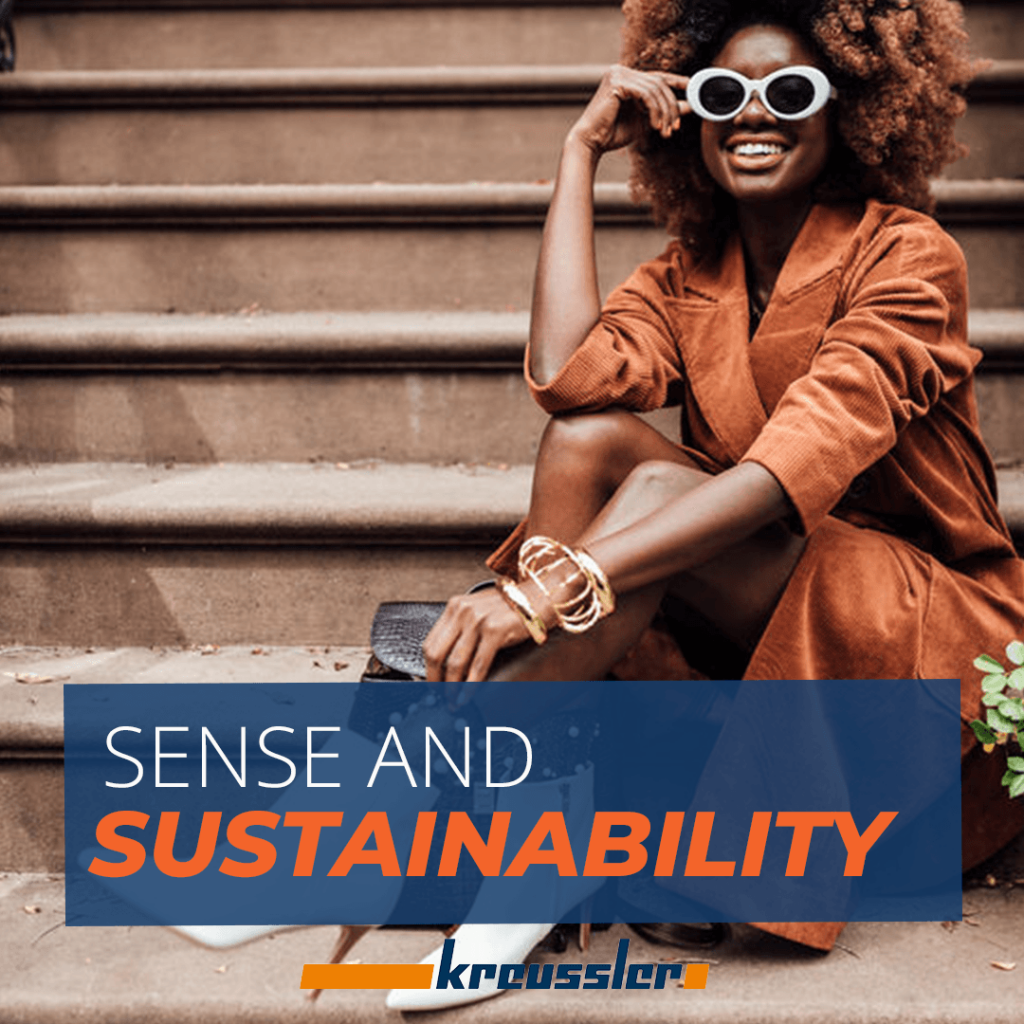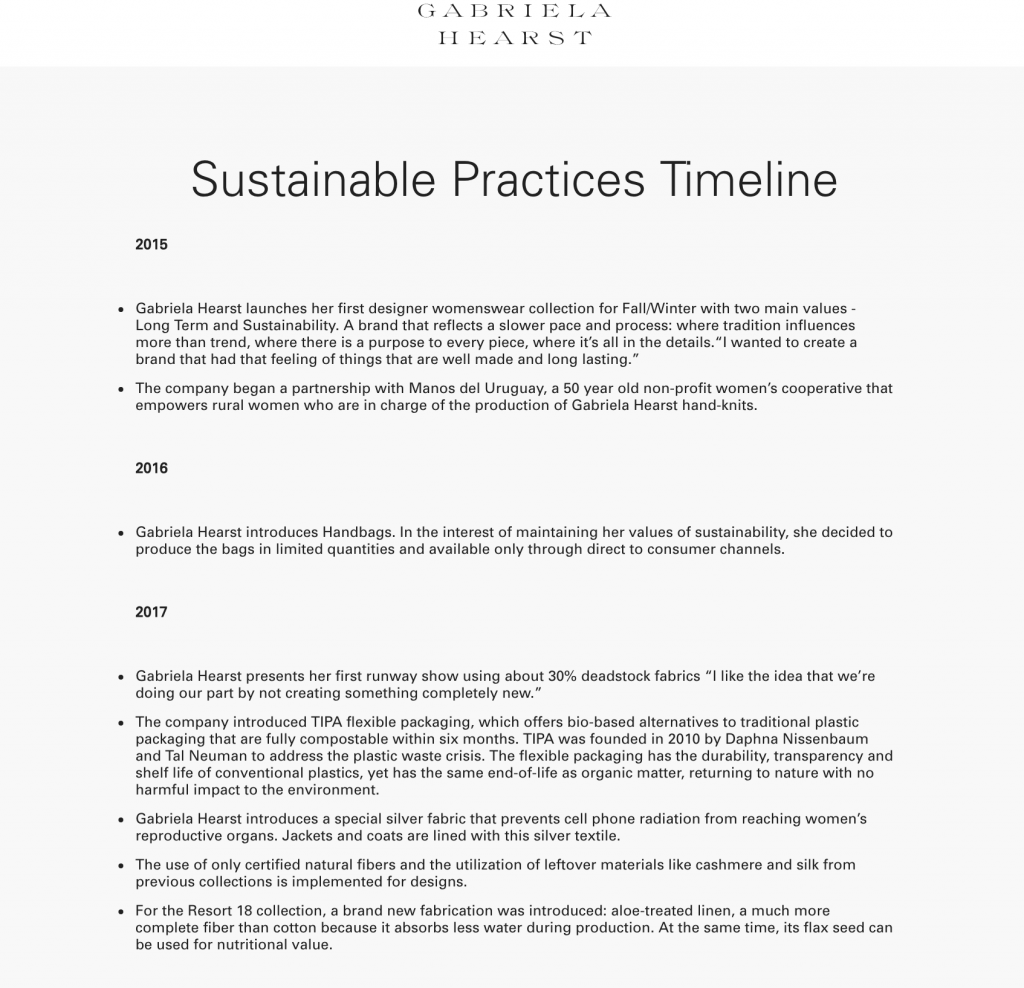It’s time for sense and sustainability to hit the fashion industry. French President Emmanuel Macron debuted his new Fashion Pact at G7, a set of shared objectives the fashion industry can work toward to reduce its environmental impact.
The G7 Fashion Pact has three stated goals for sustainability:
- achieve zero greenhouse gas emissions by 2050
- restore biodiversity by reinstating natural ecosystems and protecting endangered species
- address ocean pollution by eliminating single-use plastics by 2030
“We know that one company cannot solve the environmental challenges facing our planet alone, and we believe in the power of collaboration to drive real change,” said Burberry CEO Marco Gobbetti in a statement. The Fashion Pact brought together 32 leading fashion and apparel companies representing 350 brands such as Kering, a French conglomerate whose portfolio of luxury brands includes Gucci, Yves Saint Laurent, Balenciaga, and Alexander McQueen, other signatories include Adidas, Burberry, Capri Holdings, Carrefour, Chanel, Ermenegildo Zegna, Gap Inc., Giorgio Armani, H&M Group, Hermès, Nike, Nordstrom, Prada, Puma, PVH, Ralph Lauren, Salvatore Ferragamo and Tapestry Inc. These brands are, of course, competitors but are coming together to collaborate on the sustainability Fashion Pact to share resources and to move from intent to action on their environmental goals.
“An A.T. Kearney study found, Apparel is the next “green” wave among younger consumers: Approximately 50 percent of consumers aged 18 to 44 intend to shift toward “eco-apparel” in the coming year. That’s up versus the 38 percent of younger consumers who shifted their apparel purchases to more environmentally friendly options in 2018. Among younger consumers, apparel is leading the way as the consumption category with the biggest planned shift toward enviro-friendly products.”
Consumers are unlikely to settle for higher costs in exchange for environmental benefits: Over 50 percent of consumers across all income levels note cost as the primary obstacle to purchasing “green.”
Gabriela Hearst is a leader in sustainable fashion, posting her sustainable practices timeline on her website. For the Spring Summer 2020 collection, shown in New York in September 2019, Gabriela Hearst produced the first-ever carbon neutral runway show.
Gabriela Hearst is building a plastic-free business, utilizing TIPA compostable packaging and recycled cardboard hangers, and eschewing trends for timeless staples. “I go to bed thinking about climate change; I wake up thinking about climate change. Every time I encounter an obstacle that would undermine the sustainability of our business or stores, I ignore it as a prospect.”
All of us have a responsibility to consider that in everything we do.” Gabriela Hearst Share on XAt Kreussler, we’ve worked on sustainability in our products and also at our corporate headquarters in Wiesbaden, Germany. People with long-term, sustainable vision shape the future of Kreussler.
Looking forward, we all need to make better choices and choose to buy from companies that have sustainability in their plans. Climate change is a planet-wide problem; sustainability isn’t an option any longer.
Change is coming, whether you like it or not. Greta Thunberg Share on X




